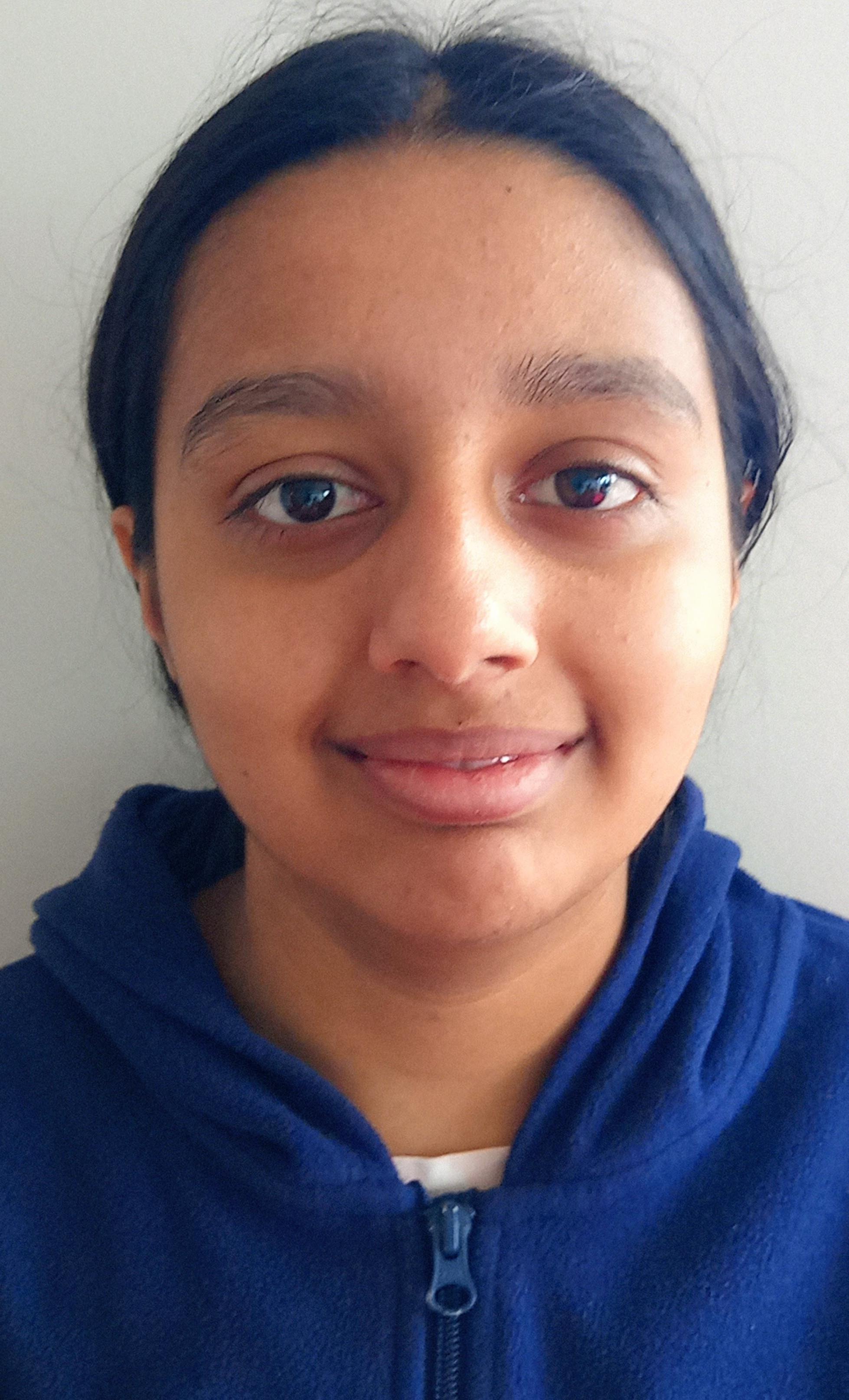Using Open Science To Determine Physical Properties of Near Earth Asteroids
PosterAstronomy Education in Practice
5th Shaw-IAU Workshop
Wednesday Nov. 29, 2023
UTC: 3:30 p.m. - 5 p.m. America/New_York: 10:30 a.m.- noon
, Thursday Nov. 30, 2023
UTC: 8 a.m. - 9:30 a.m. America/New_York: 3 a.m.- 4:30 a.m.
, UTC: 12:30 p.m. - 2 p.m. America/New_York: 7:30 a.m.- 9 a.m.
, Friday Dec. 1, 2023
UTC: 8 a.m. - 9:30 a.m. America/New_York: 3 a.m.- 4:30 a.m.
The pace of discovery of near-earth asteroids outpaces current abilities to analyze them. Knowledge of an asteroid's physical properties is essential to deflect them. I have developed open-source algorithms for classrooms that combine images from robotic telescopes, open-data, and math to determine asteroids' size, rotation, and strength.
I took observations of the Didymos binary asteroid, and my algorithm determined it to be 820m wide, with a 2.26-hour rotation period and rubble-pile strength. I measured a 35-minute decrease in the mutual orbital period after impact by the 2022 NASA DART Mission. External sources validated the findings. Every citizen scientist is now a planetary defender.
The project won the 2023 Youth Astronomy Award of the Royal Astronomical Society of Canada.
Biography:
I solve hard intergenerational problems using open science, open data and algorithms. My current focus is on planetary defense against near-earth asteroids by finding unknown asteroids and determining their physical properties. I strongly believe that the best way to learn new things is to undertake 800-1000 hours of focused project-based learning and then teach others.
I participate in hackathons to acquire problem-solving skills through collaborations. I have participated in 40+ hackathons, winning several of them, including becoming the 2020 Global Winner of the NASA SpaceApps Covid-19 Challenge and having been invited by NASA to witness a spacecraft launch.





